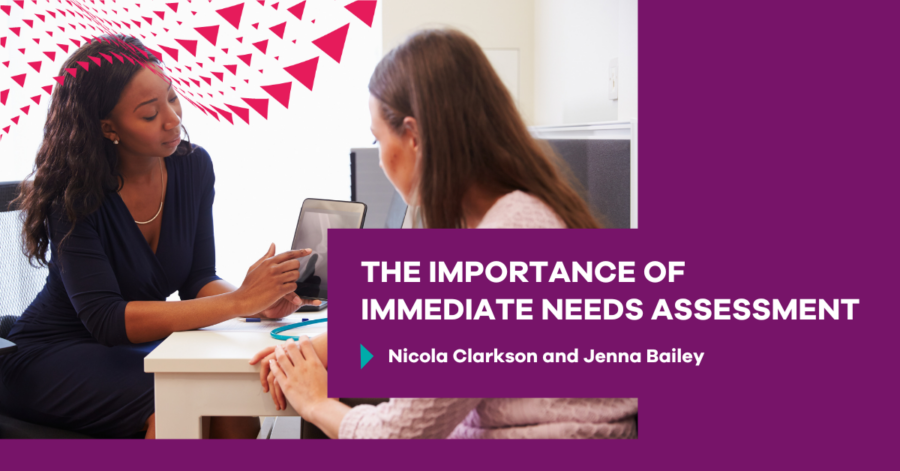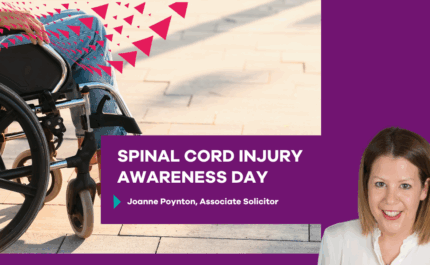
Nicola Clarkson and Jenna Bailey, members of our serious injury team, discuss the importance of an Immediate Needs Assessment and how they benefit clients.
An Immediate Needs Assessment (INA) is conducted by a case management company in serious injury cases. A case manager will assess the client and make recommendations about what treatment they require, whether it be physical and/or psychological. An INA is conducted separately to litigation and liability to support the client, as much as possible, and get them back to a place that they were in before the accident. This is to ensure that the client’s health, quality of life, independence and ability are restored as stated in paragraph 1.1 of the Rehabilitation Code 2015. It is important to note that the client does not bear the cost of the INA and its primary function is to concentrate on the client’s needs in line with the code.
Usually, an INA will include recommendations for physiotherapy, cognitive behavioural therapy, gym memberships and makes provision for the case manager to liaise with medical professionals and occupational health. In some cases, they will include provision for the client’s travel costs to appointments and even refresher driving lessons for motorcycle clients that have been delayed in passing their car driving test.
In a nutshell, an INA case manager will recommend what the client needs on an individual basis and will indicate the costings of each recommended treatment.
We have all experienced delays and lack of funds with the NHS, waiting lists are at an all-time high and clients are waiting longer and longer for their treatment to start. This impacts a client’s recovery time and without prompt intervention, injuries can deteriorate and cause more problems in relation to their mental health. By using private INAs, the strain is taken off the NHS whilst benefiting the client and their recovery.
For example, one client had been referred to physiotherapy by the fracture clinic at his local hospital, but this physiotherapy was conducted over the telephone. This was obviously not beneficial for the client, especially as they had to wait six weeks for the first appointment to be given home exercises, which then turned out to be ‘broad brush exercises’ which are not tailored for their specific injuries. When assessed by the case manager, the client in question was referred to an orthopaedic and trauma team and it was determined that surgical intervention was required which unfortunately had not picked up by the hospital initially. On a balance of probabilities, it is likely that surgery would have greater benefit to the client than doing home exercises, meaning that the client’s recovery will be swifter. This would not have been determined if the client did not have the INA.
Another example of an INA helping, is in the case where a client has been advised that they may lose their job as they cannot pass their probationary period. This has caused the client worry and stress because he cannot afford to be out of work in the current climate, so the case manager suggested that they liaise with his employer and occupational health. This has now put the client at some ease knowing that his employer will make reasonable adjustments for him rather than simply dismissing him.
What we can take from the above examples, is that arranging an INA for the client is more beneficial and makes the claims process about more than just compensation. This gives the client a positive outlook of their recovery which in turn makes the client more satisfied with our service provided to them, not to forget the build in rapport.



